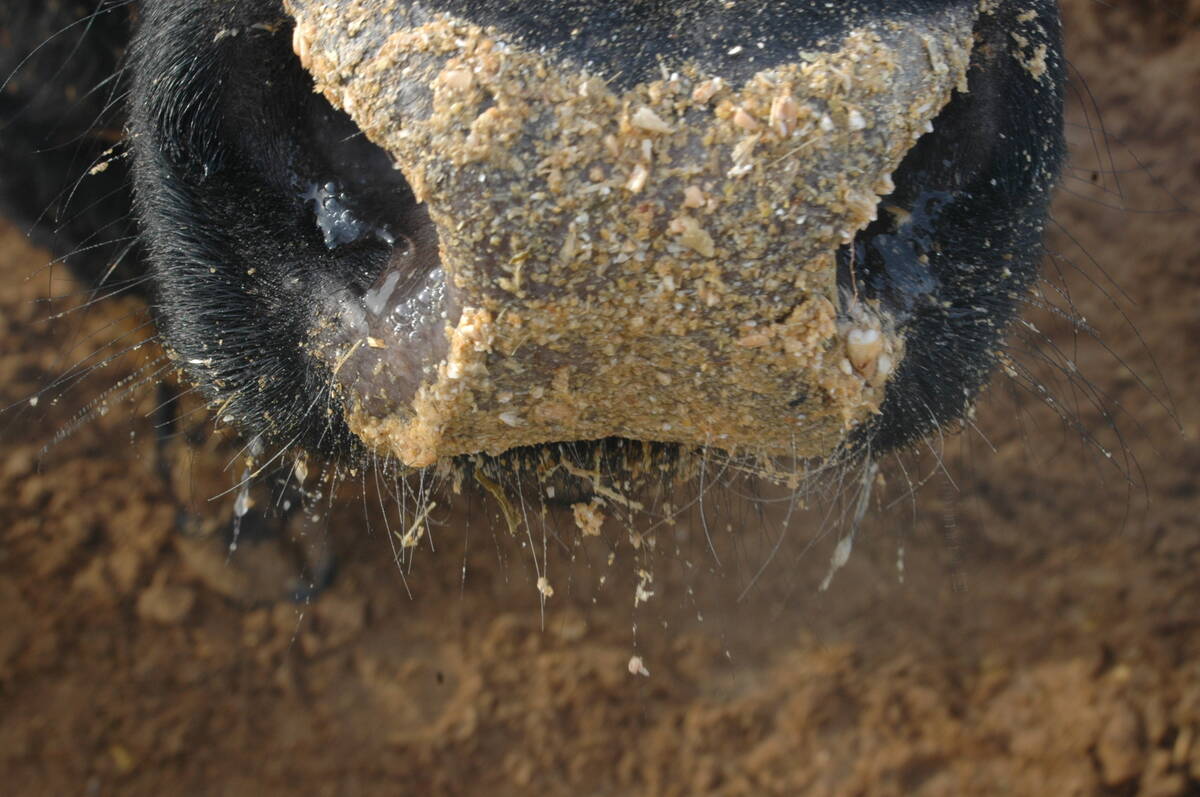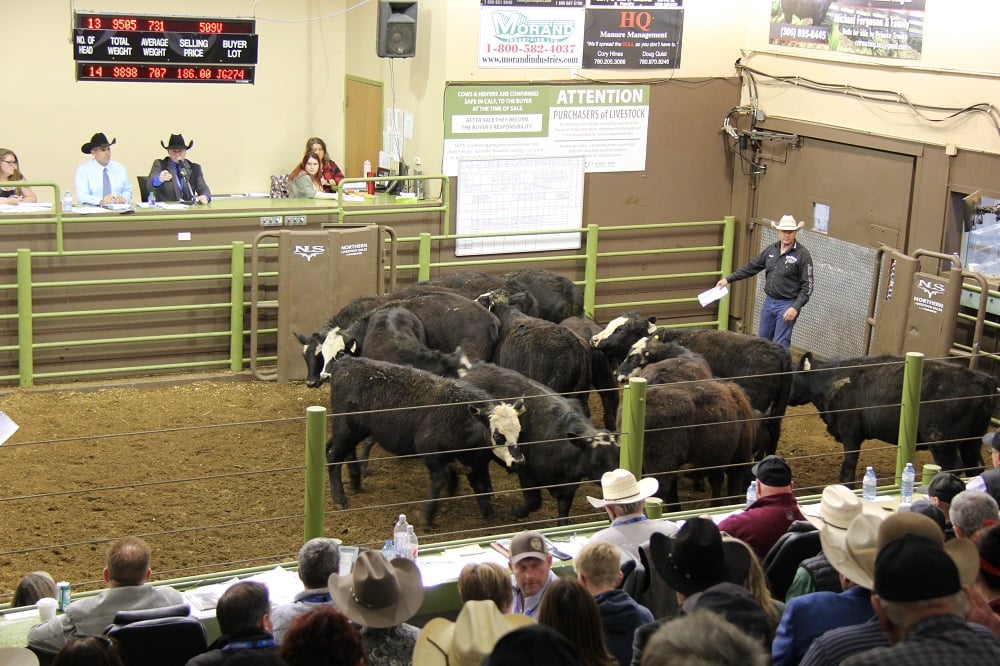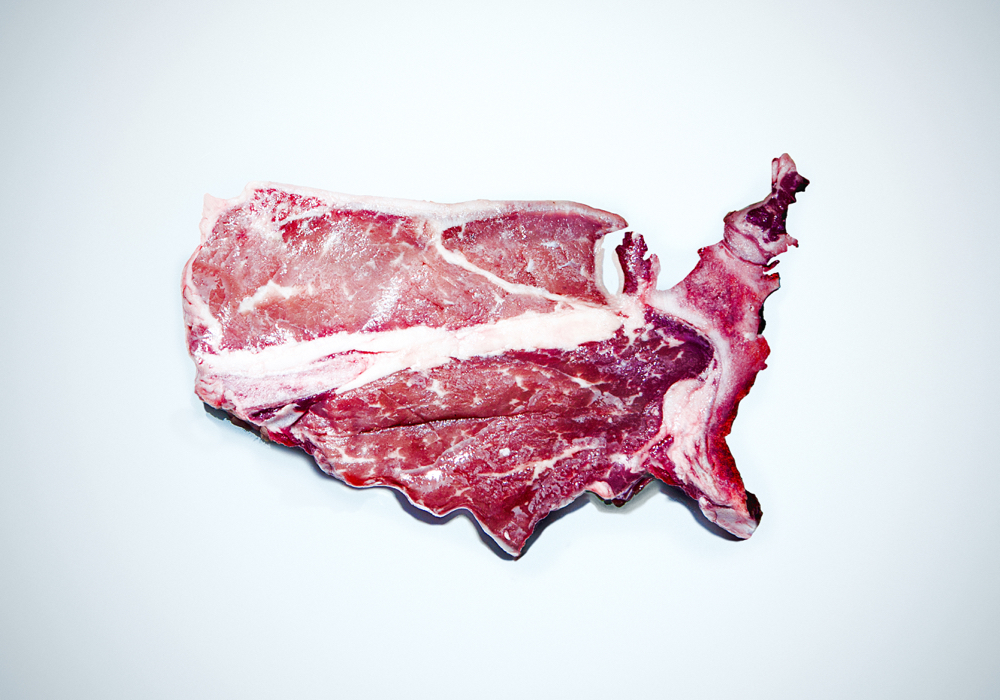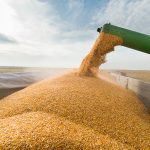Despite rising inflation and interest rates, beef demand has slowly recovered in South Korea.
General consumer sentiment has been weak due to high inflation rates and interest rates and a stagnant economic situation, including poor export records. But beef demand has been recovering gradually thanks to year-end spending and the Lunar New Year holiday in mid-January.
Korea’s total beef imports in November 2022 were 36,283 tonnes, down 16.2 per cent year-over-year but up 9.5 per cent from the previous month. Korea’s beef imports from Canada were 1,095 tonnes in November 2022, up 29.6 per cent year-over-year and up 74.6 per cent from the previous month. Ribs, blade/clod and brisket are the leading exporting cuts from Canada, representing 60 per cent, 21 per cent and 14 per cent of the total volume.
Read Also

Feed grain update for Canadian beef producers
Factors affecting the feed grain market and what it means for Canadian cattle feeders
The beef import duty rate from major supply countries dropped by 2.67 per cent on January 1. The import duty rate for Canadian and New Zealand beef declined to 16 per cent from 18.6 per cent. It is now eight per cent for U.S. beef and 13.3 per cent for Australian beef.
While Korea’s beef imports in 2022 (Jan-Nov) declined 0.2 per cent year-over-year (493,133 tonnes, including 18,448 tonnes from Canada, up 96 per cent), pork imports increased 38 per cent (410,632 tonnes, including 33,803 tonnes from Canada, up 62 per cent) and chicken imports increased 53 per cent (173,310 tonnes).
Meanwhile, the country’s new daily COVID cases rose in December and early January, hitting a peak of over 88,000 cases in the late party of 2022, according to Worldometers.info. However, new cases have since dropped to just over 10,000 as of Feb. 19, 2023 and the government has been easing pandemic restrictions around masking and for travellers from China.

Chicken and pork prices inflate
The inflation rate was five per cent in November, year-over-year, the lowest since April of this year. Prices of imported beef rose 0.5 per cent year-over-year; however prices of domestic beef declined 2.4 per cent. Prices of pork and chicken continued to increase, 2.6 per cent and 10.2 per cent, respectively.
Large retailers have recently been holding many discount events for local Hanwoo beef, but few events for imported beef. Demand for imported short ribs to make gift sets for the Lunar New Year holiday, which fell on January 22, grew slightly.

Restaurant demand improves
In November, consumer prices for dining out rose 8.6 per cent year-over-year. Prices of galbi-tang (rib soup), bulgogi (sliced and seasoned barbequed beef) and steak at restaurants rose 10.4 per cent, six per cent and 7.1 per cent, year-over-year, respectively.
Demand for beef has been recovering from restaurants, including buffet restaurants, due to gradually increasing year-end get-togethers. Many restaurants held Christmas promotions. Demand for Canadian back ribs for galbi-tang also increased as the weather got cold.















